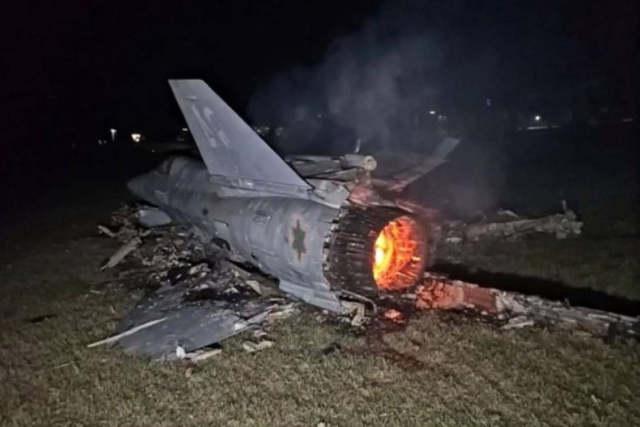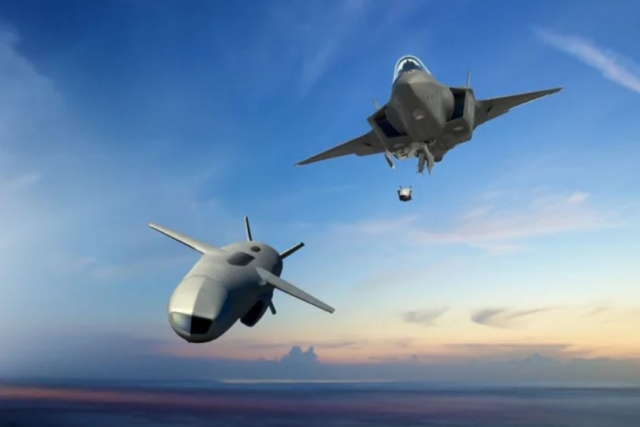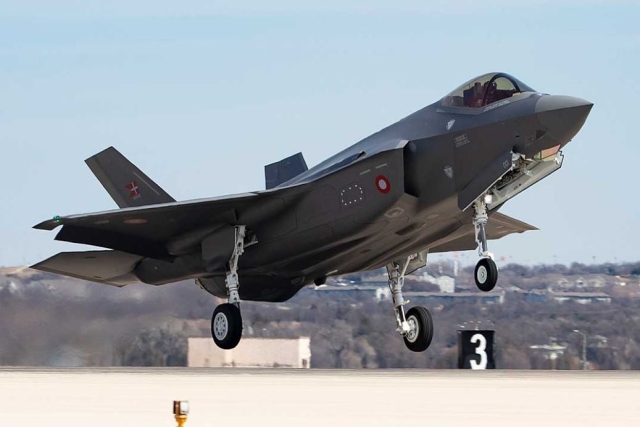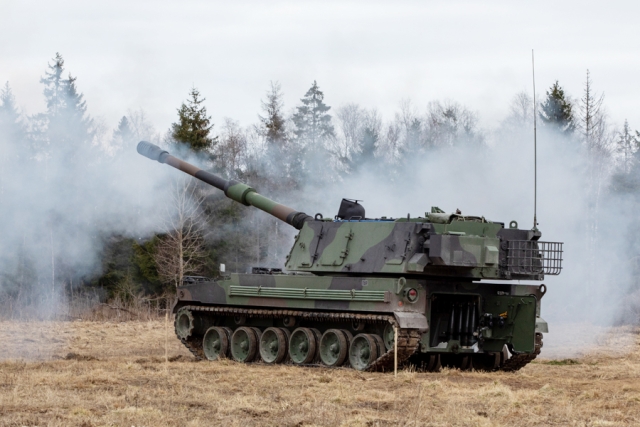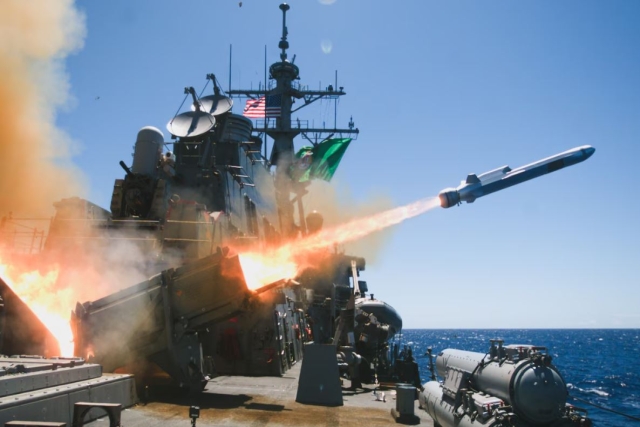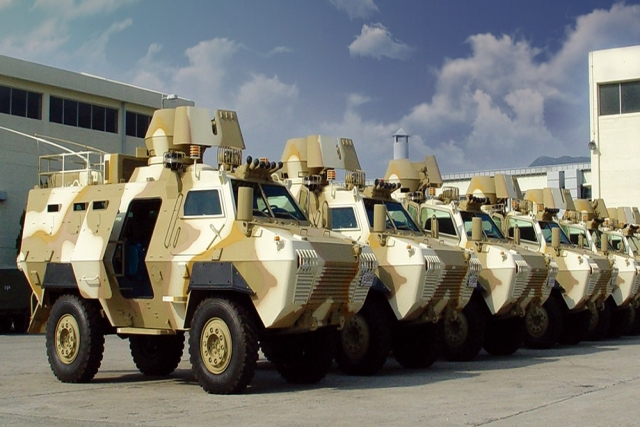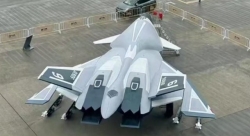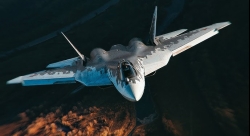U.K. Royal Air Force to Make Available 12 F-35A Aircraft for NATO's Nuclear Weapons Missions
F-35A acquisition reintroduces U.K. air-launched nuclear capability for NATO, expands RAF training, and supports long-term F-35 program goals
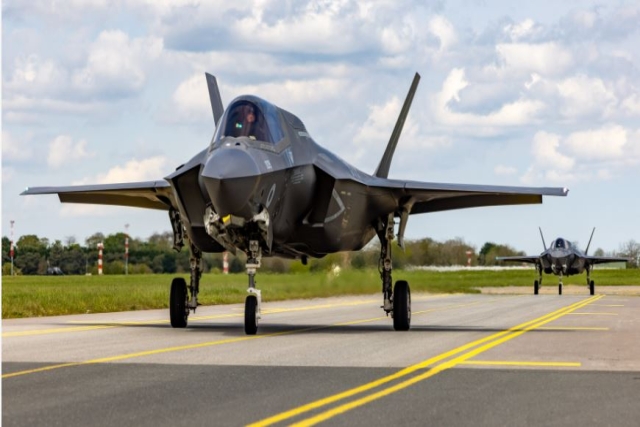
The United Kingdom has announced that the Royal Air Force (RAF) will make twelve F-35A Lightning II aircraft available for NATO’s nuclear weapons missions, marking the reintroduction of a U.K. air-delivered nuclear role for the first time since the Cold War.
Part of the ongoing Security Defence Review, the procurement of the F-35A fifth-generation jets aligns with the U.K.’s goal of building a more lethal, adaptable Integrated Force. The new aircraft will enhance NATO's nuclear deterrent posture under the alliance’s burden-sharing arrangements and demonstrate the U.K.’s continued commitment to collective defense under Article V.
“These aircraft will be available for NATO’s nuclear mission during a crisis,” according to defense officials. “This deepens the U.K.’s role in nuclear burden sharing and deters those who would threaten the U.K. and our Allies.”
The F-35A’s addition is part of the second phase of a broader procurement strategy involving 27 new aircraft—12 F-35A and 15 F-35B variants. This contributes toward the U.K.'s long-term target of acquiring 138 F-35 aircraft over the life of the program.
Designed for conventional runway operations, the F-35A offers greater fuel capacity, extended range, and longer airborne endurance compared to the short takeoff and vertical landing (STOVL) F-35B. These capabilities will improve training efficiency on 207 Squadron, the Operational Conversion Unit (OCU), based at RAF Marham.
“For routine day-to-day operations, we have deliberately chosen to home the F-35A on the Operational Conversion Unit, as it can provide greater flying time per sortie and requires less maintenance hours,” said Air Vice-Marshal Beck, Director Capability and Programmes. “Consequently, it will reduce the time taken to train new pilots and improve F-35 Force Generation to support Carrier Strike operations around the world.”
The F-35A’s compatibility with other NATO air forces—who also operate the same variant—will enhance interoperability and deterrence across Europe. The aircraft’s extended combat radius and payload capacity are expected to play a key role in future joint operations and integrated missions.
RAF Marham will also serve as the base for a new third front-line F-35 Lightning Squadron. The U.K.’s air combat mix will continue to include the Typhoon, which will work alongside F-35A and F-35B aircraft, as well as next-generation systems like GCAP and autonomous platforms, to deliver full-spectrum air power.
The U.K. retains its independent nuclear deterrent at sea through its submarine-launched ballistic missile capability. The reintroduction of a dual-capable aircraft force offers an additional layer to NATO’s strategic posture.

